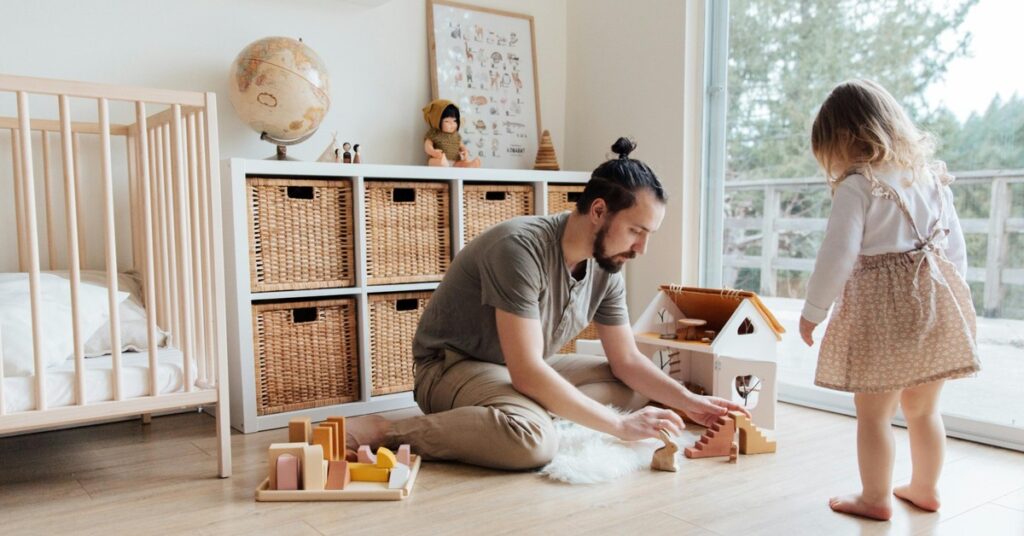Why This Debate Matters
Every parent eventually wonders: Should I punish or discipline my child? Although the words are often used interchangeably, they lead to very different outcomes. Discipline vs punishment is more than a semantic argument—it shapes your child’s self-esteem, brain development, relationship skills, and even future academic achievement. In this article, you will learn:
- The core differences between punishment and discipline
- How each approach affects a child’s emotional and neurological growth
- Science-backed, respectful discipline techniques you can apply today
- Action steps to shift from punitive reactions to skill-building responses
Discipline and Punishment—Not the Same Thing
What Is Punishment?
Punishment is a consequence imposed on a child with the goal of stopping an unwanted behavior, often through fear, pain, or shame. Classic examples include spanking, taking away privileges without explanation, or public humiliation (“time-out chair” in front of siblings). The focus is on control and immediate obedience rather than learning.
What Is Discipline?
Discipline, from the Latin discere (“to learn”), aims to teach the child skills—such as self-regulation, problem-solving, and empathy. Discipline still has boundaries and consequences, but they are logical, empathetic, and explained in terms the child can grasp. The goal is long-term growth, not short-term silence.
How Punishment Affects the Developing Brain
Pediatric neuroscientists have found that harsh punishment triggers the HPA stress axis, flooding a child’s brain with cortisol. Chronic stress can shrink the hippocampus (memory center) and impair executive functions such as impulse control and emotional regulation. Children who are frequently punished may:
- Exhibit higher aggression and anxiety
- Develop lower self-worth and weaker problem-solving skills
- Copy punitive tactics in peer relationships, perpetuating a cycle of conflict
In short, punishment stops behavior now but undermines healthy brain architecture needed for self-control later.
The Advantages of Positive Discipline
By contrast, respectful discipline leverages a child’s innate drive to connect and cooperate. Studies in Journal of Positive Behavior Interventions show that children disciplined with empathy have:
- Stronger prefrontal cortex development (better decision-making)
- Higher academic performance and resilience
- More secure attachment to caregivers, translating into better mental health
When children understand why a limit exists, their internal motivation (“I want to do the right thing”) replaces external pressure (“I’m scared of getting caught”).
5 Safe Techniques to Replace Punishment
1. Connection Before Correction
Kneel to your child’s eye level, validate emotions (“I see you’re upset”), then state the limit. Connection calms the nervous system, making teaching possible.
2. Natural and Logical Consequences
If toys are thrown, the toy is set aside for the day—not dessert withheld. The consequence relates directly to the behavior, teaching cause and effect.
3. Collaborative Problem-Solving
For recurring issues, invite your child to brainstorm solutions: “What might help us remember to feed the puppy?” This builds ownership and creativity.
4. Positive Reinforcement
Catch your child doing the right thing (“Thank you for putting your shoes away”). Specific praise reinforces neural pathways for desired behaviors.
5. Calm-Down Tools, Not Time-Out Shame
Offer a cozy corner with books or sensory items where a child can regulate feelings, then re-enter family life—an approach endorsed by child psychologists as more effective than punitive isolation.
How to Shift from Punishment to Discipline—Step by Step
- Self-reflection: Notice moments you react punitively and identify your triggers.
- Learn scripts: Replace “Stop that or you’ll be grounded!” with “Hands are not for hitting—let’s find a safe way to show your anger.”
- Plan ahead: Discuss family rules when everyone is calm; post them visually for easy reference.
- Stay consistent: Children thrive on predictable boundaries; mixed messages invite testing.
- Seek support: Join parenting groups, read positive discipline books, or consult a professional if needed.
Frequently Asked Questions
Is discipline always gentle?
Respectful discipline can feel firm: limits are non-negotiable, but they are enforced without fear or humiliation.
Will my child walk all over me without punishment?
Clear boundaries combined with teaching actually foster greater respect than punitive measures, because children internalize the reason behind the rule.
Key Takeaway
Punishment controls behavior in the short term but risks long-term emotional harm. Positive discipline educates, guiding children toward self-regulation, empathy, and confidence—qualities every parent hopes to nurture. By replacing punitive actions with respectful teaching, you invest in your child’s lifelong well-being and strengthen your bond along the way.

